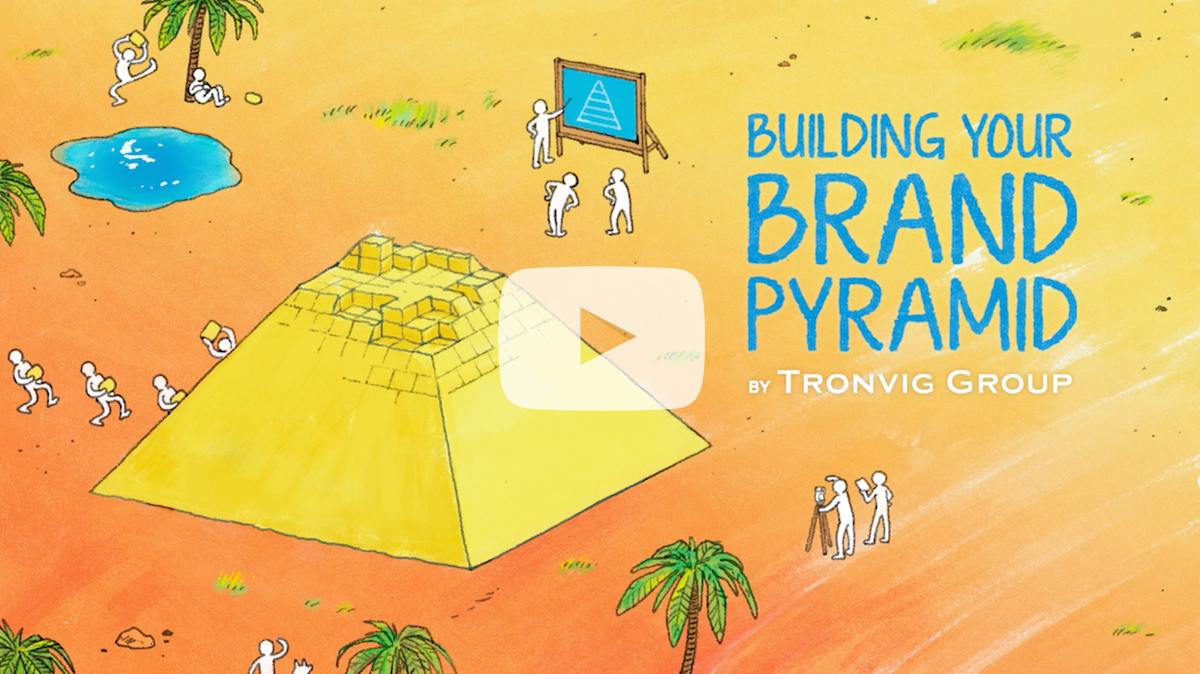Post published in May, 2012
I was very pleasantly surprised and impressed with the degree of forward-thinking content that was presented at this year’s American Association of Museums Annual Meeting. Clearly the community of museums is taking on the real issues that face them as the world continually transforms.
I counted at least 27 sessions that had “engagement” in the title. I got the sense at some of these that there was indeed a feeling of urgency and an awareness that the stakes for the success of this enterprise are very high. I think they are.

I was even in a conversation where someone said that “engagement” was being overused. It is not. I think the need for engagement is a critical matter, and serious thought and experimentation around its methods and application should certainly be a central issue for museums.
Why?
Engagement is about looking at the institution and its offerings from the outside.
It’s about understanding where people’s heads and hearts are and finding ways to meet them there, draw them in, draw them up, draw them out into the heady worlds of science, art, and history. It’s not about dumbing things down. Engagement is about making sure that museums remain relevant so that they can maintain their position as essential institutions in the life, education, and thought of this nation.
Engagement is about looking at the institution and its offerings from the outside.
This is really important stuff. I am excited and greatly encouraged by this focus of attention by so many at AAM2012, by the desire to learn how to better engage with all your constituencies–be they families, the board, non-traditional museum goers, teenagers, or funders and politicians for that matter. I hope many of the ideas I heard discussed and described will be learned from and, where possible, applied.
Although I’m not sure it is generally seen in these terms, the call for more effective engagement is a recognition of the reality that museums are in heated competition. They compete with all manners of distractions. They compete in the realm of entertainment, ideas, education, and politics. They compete for hearts and minds and money. As such, museums MUST effectively engage. They must be relevant, alive, and smart. They must communicate their value and deliver on its promise. It must be made clear to everyone that museums are vital and necessary institutions for communities, for our national intellectual life, for education, and for our shared hope that the future can be better than the past.
There is clearly a lot of exciting and even experimental work being done at museums (See “Audience Engagement: 75 Ways to Connect in 75 Minutes“). This is terribly encouraging, but I also felt some frustration and on occasion even bewilderment on the part of some attendees who seemed stressed by a lack of time and budgets. “How can we do all these things being asked of us?” And then there is a question implied but not expressed: “How can we compete with the money and expertise of our commercial competition?”
How can we compete with the money and expertise of our commercial competition?
The answer to this was visible at AAM2012: Creativity and passion.
As keepers of the flame of a higher purpose—that the light of knowledge must burn brightly—museums can be profoundly inspirational institutions. They must be. And they must be visionary—holding tightly to their greater reason for being—bringing light, beauty, understanding, wonder, innovation and knowledge to the world, and to make sure that people continue to care deeply about these things. This passion can be contagious, and it CAN be communicated. It can be used to help the broader world engage with the vital work being done by the museum world.
Take heart, courage, and inspiration from the work of your peers.
Take heart, take courage, and take inspiration from the work and accomplishments of your peers. Museums can compete, they can engage, they can endure without compromising their core values or undermining their reason for being. It’s just a matter of learning or inventing how to do it. Thank you AAM2012 for helping to show the way.
Does your museum need an affordable way to improve its brand today?
Because we know that not everyone needs or can afford our full process, we created a guided tutorial package for our foundational brand strategy tool: the Brand Pyramid. Watch the video for a preview.
For more information on this brand strategy tutorial, visit here where you will find a fuller explanation and link to a free download of the first video.



Ask for help.
We are kind, thorough and ready when you are. You just need to ask.